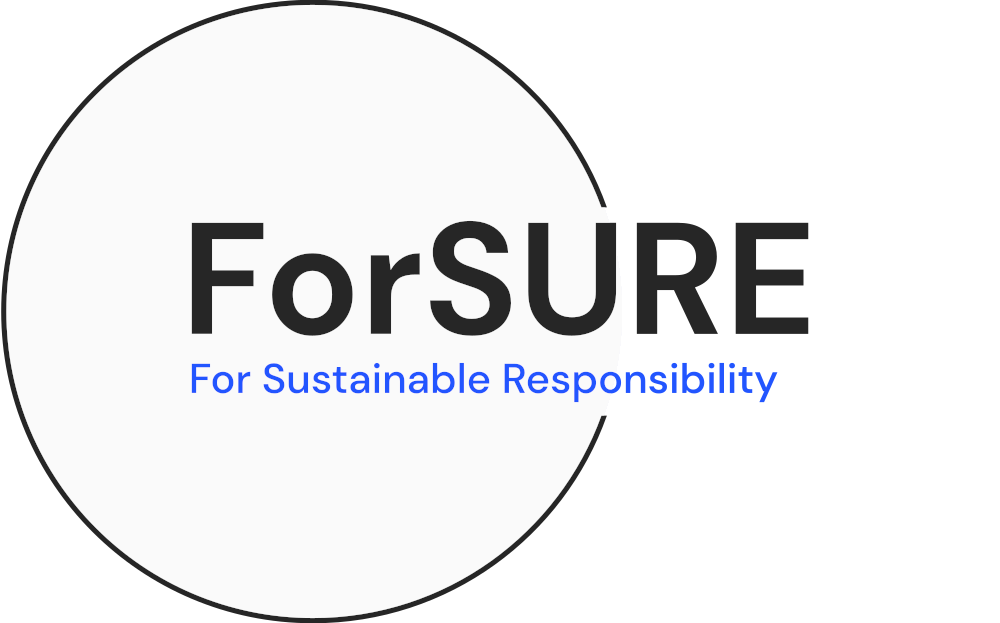EPR Electronics Compliance
Navigating Extended Producer Responsibility (EPR) Electronics compliance can be complex, especially as regulations evolve and expand across markets. Producers of electronic equipment face growing responsibilities, from product registration and reporting to managing compliance obligations. Each country may apply different rules and categories, making it difficult to track obligations and maintain consistency across borders. Whether you're selling to consumers or other businesses, staying compliant requires up-to-date knowledge, accurate data, and careful coordination.

What is Compliance for EPR Electronics?
EPR for electronics refers to the legal obligation placed on producers, such as manufacturers, importers, or sellers, to take responsibility for the entire lifecycle of their electronic products. This includes managing waste collection, treatment, recycling, and reporting once those products reach end-of-life.
In the context of electronics, this is often referred to as WEEE (Waste Electrical and Electronic Equipment), particularly within the EU. It covers a broad range of products, from consumer tech and household devices to industrial and professional equipment.
EPR matters because electronic waste is one of the fastest-growing waste streams globally. Governments are increasing enforcement to ensure producers contribute to environmental sustainability and circular economy goals. Staying compliant is a legal requirement and also a part of maintaining a responsible and transparent business.
Who Needs to Comply with EPR for Electronics?
EPR electronics compliance applies to a broad range of businesses involved in placing electronic equipment on the market. This includes:
-
Manufacturers producing devices under their own brand -
Importers bringing electronic goods into a country or region -
Distributors or sellers who offer products under their name or sell directly to end users
Both B2C (business-to-consumer) and B2B (business-to-business) producers have compliance obligations, though the specific rules and country requirements can change based on the market and product type.
Examples of products typically covered under EPR electronics regulations include:
-
Computers, laptops, tablets, and monitors -
Mobile phones and accessories -
Printers, scanners, and copiers -
Kitchen appliances and household electronics -
Tools, lighting equipment, and medical devices -
Industrial and IT equipment for professional use
If your company places any of these products on the market, electronics EPR compliance could be required, regardless of sales channel or business model.
How to Register Your Electronic Products Under EPR
To comply with EPR electronics regulations, producers must meet a set of core requirements that vary by country but generally include the following. Meeting these requirements consistently, especially across multiple jurisdictions, can be challenging without a clear system in place:
-
Registration with Authorities
Businesses must register with the appropriate regulatory bodies or authorized Producer Responsibility Organizations (PROs) in each country where they sell electronic equipment. This step ensures transparency and accountability for managing end-of-life products.
-
Country-Specific Requirements
EPR obligations differ across jurisdictions. Some countries require additional data submissions, extra registration steps, or documentation for certain product categories. Others may impose measures such as take-back or recycling systems, while in some places these are not required at all.
-
Recurring Reporting
Companies must submit regular reports detailing product weights, categories, and market volumes by country. These reports must align with local classification standards and submission deadlines.
-
Labeling and Documentation
Products must often carry specific EPR-related labels, such as the crossed-out wheeled bin symbol. Additionally, companies may need to maintain documentation proving compliance, including registration numbers and recycling arrangements.
Simplify Electronics Reporting and Compliance
EPR electronics reporting often involves multiple datasets, deadlines, and regulatory formats. Managing these manually increases the risk of errors, missed obligations, and compliance gaps, especially for companies operating across borders.
Using EPR compliance software helps streamline this process. Real-time dashboards provide a clear overview of your current obligations, submitted reports, and upcoming deadlines. Automated alerts ensure you stay ahead of key dates, while pre-built reporting templates simplify data entry and formatting for different regions.
With structured workflows and centralized tracking, the software helps ensure that no report is overlooked keeping your business organized, compliant, and ready for audits at any time.
Get Help with Your
Electronics EPR Obligations
We work with companies selling across multiple markets and product categories, helping them navigate the reporting of electronics EPR compliance with clarity and confidence.
Book a call, or request a demo to see how you can automate electronics reporting and stay compliant with less effort.

FAQ About EPR Electronics Compliance
-
Which electronic products fall under EPR regulations?
-
Why do electronics manufacturers need to comply with EPR?
-
How do I register my electronic products under EPR?
-
What are the EPR requirements for electronics in the EU (or other regions)?
-
What data needs to be reported for EPR electronics compliance?
-
How often must electronics producers submit EPR reports?
-
Are EPR requirements different for B2B vs B2C electronics?
EPR News Hub
- Choosing a selection results in a full page refresh.
- Opens in a new window.



